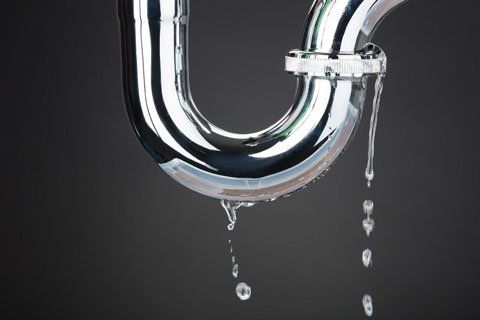Exactly how to Inspect If Your House Has a Covert Leak
Exactly how to Inspect If Your House Has a Covert Leak
Blog Article
Are you currently trying to locate facts around Hacks to detect leaks?

Early discovery of leaking water lines can reduce a potential calamity. Besides conserving you cash, it will lessen the irritation and stress. The minute you find a leak, calling your plumber for repair work is the most effective solution. Some little water leaks may not be noticeable. If you can not find it with your nude eyes, below are some hacks that help.
1. Take A Look At the Water Meter
Every house has a water meter. Checking it is a proven way that aids you find leaks. For beginners, turn off all the water sources. Make sure no person will purge, use the tap, shower, run the cleaning device or dishwasher. From there, most likely to the meter and watch if it will transform. Because no person is using it, there ought to be no activities. That suggests a fast-moving leakage if it relocates. Also, if you detect no changes, wait an hour or two and inspect back once again. This indicates you may have a slow-moving leak that could also be below ground.
2. Examine Water Usage
If you detect unexpected changes, regardless of your consumption being the same, it means that you have leakages in your plumbing system. A sudden spike in your bill suggests a fast-moving leak.
On the other hand, a constant boost monthly, despite having the exact same behaviors, reveals you have a slow leakage that's additionally gradually escalating. Call a plumber to extensively examine your residential property, especially if you feel a warm area on your floor with piping below.
3. Do a Food Coloring Examination
When it comes to water intake, 30% originates from bathrooms. Examination to see if they are running appropriately. Decrease specks of food color in the storage tank and also wait 10 mins. There's a leak in between the storage tank and also bowl if the shade somehow infiltrates your bowl throughout that time without flushing.
4. Asses Outside Lines
Don't neglect to check your outdoor water lines as well. Test faucets by affixing a yard tube. Should water permeate out of the link, you have a loosened rubber gasket. Replace this and make certain all links are tight. It will certainly aid obtain it properly analyzed and also kept each year if you have actually got a sprinkler system. One little leak can waste tons of water and surge your water costs.
5. Analyze the circumstance as well as inspect
Home owners should make it a routine to inspect under the sink counters as well as even inside cupboards for any bad odor or mold growth. These 2 warnings suggest a leak so prompt interest is required. Doing regular inspections, even bi-annually, can conserve you from a significant trouble.
Much more notably, if you understand your residence is currently old, keep a watchful eye on your heating units, pipes, pipelines etc. Check for discolorations and compromising as the majority of pipelines as well as appliances have a life expectancy. They will certainly additionally naturally degrade due to damage. If you suspect dripping water lines in your plumbing system, don't wait for it to escalate. Call a professional plumber right now so you do not wind up with an awful mess in your house.
Early detection of dripping water lines can minimize a possible catastrophe. Some small water leaks might not be noticeable. Checking it is a guaranteed method that assists you find leaks. One small leakage can lose bunches of water as well as increase your water bill.
If you suspect leaking water lines in your plumbing system, do not wait for it to escalate.
WARNING SIGNS OF WATER LEAKAGE BEHIND THE WALL
PERSISTENT MUSTY ODORS
As water slowly drips from a leaky pipe inside the wall, flooring and sheetrock stay damp and develop an odor similar to wet cardboard. It generates a musty smell that can help you find hidden leaks.
MOLD IN UNUSUAL AREAS
Mold usually grows in wet areas like kitchens, baths and laundry rooms. If you spot the stuff on walls or baseboards in other rooms of the house, it’s a good indicator of undetected water leaks.
STAINS THAT GROW
When mold thrives around a leaky pipe, it sometimes takes hold on the inside surface of the affected wall. A growing stain on otherwise clean sheetrock is often your sign of a hidden plumbing problem.
PEELING OR BUBBLING WALLPAPER / PAINT
This clue is easy to miss in rooms that don’t get much use. When you see wallpaper separating along seams or paint bubbling or flaking off the wall, blame sheetrock that stays wet because of an undetected leak.
BUCKLED CEILINGS AND STAINED FLOORS
If ceilings or floors in bathrooms, kitchens or laundry areas develop structural problems, don’t rule out constant damp inside the walls. Wet sheetrock can affect adjacent framing, flooring and ceilings.
https://www.servicemasterbyzaba.com/blog/how-to-detect-water-leakage-in-walls/
.jpg)
As a keen reader on Leaking water lines, I assumed sharing that excerpt was a great idea. You should take the opportunity to distribute this blog entry if you liked it. We cherish reading our article about Detecting hidden plumbing leaks.
Report this page